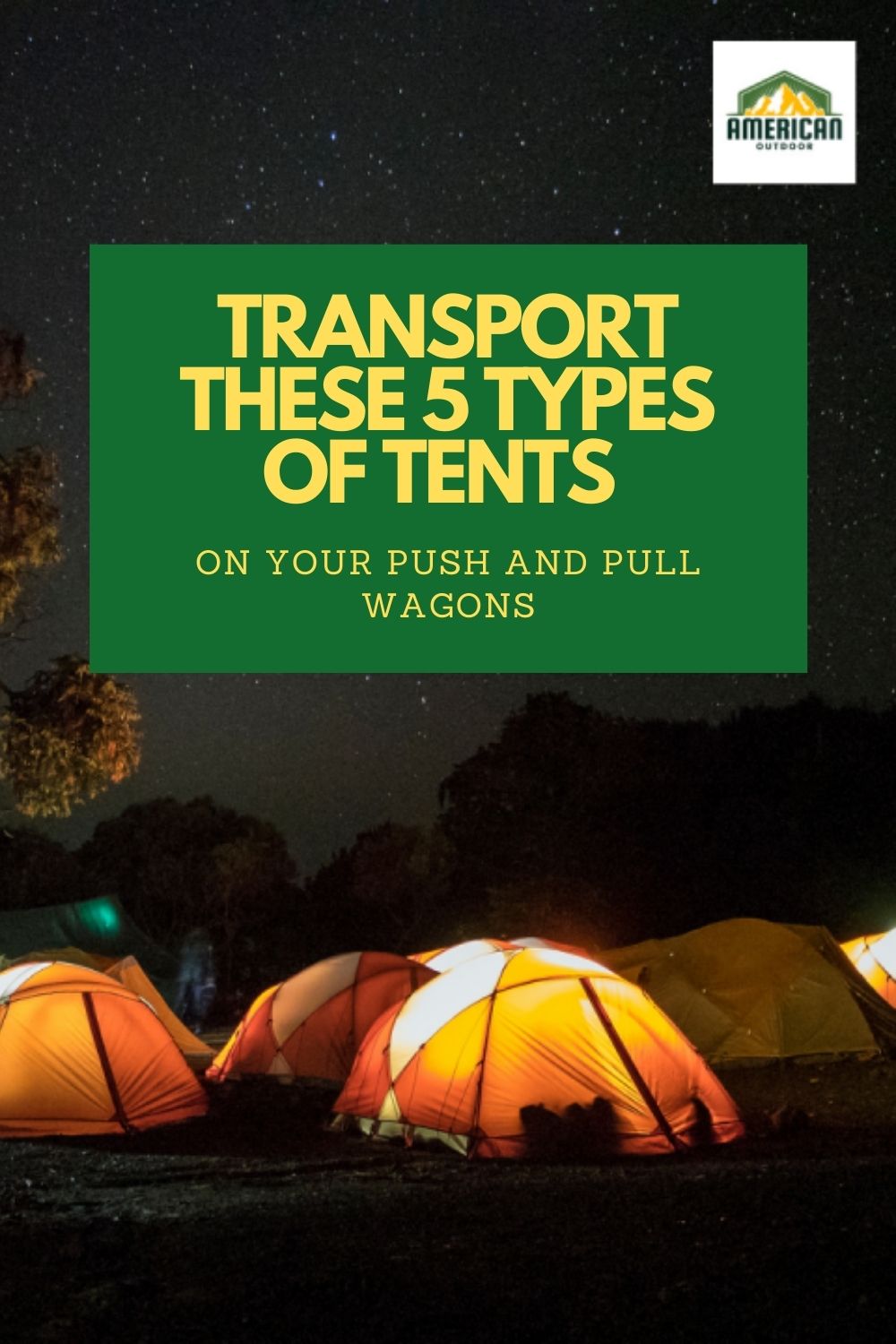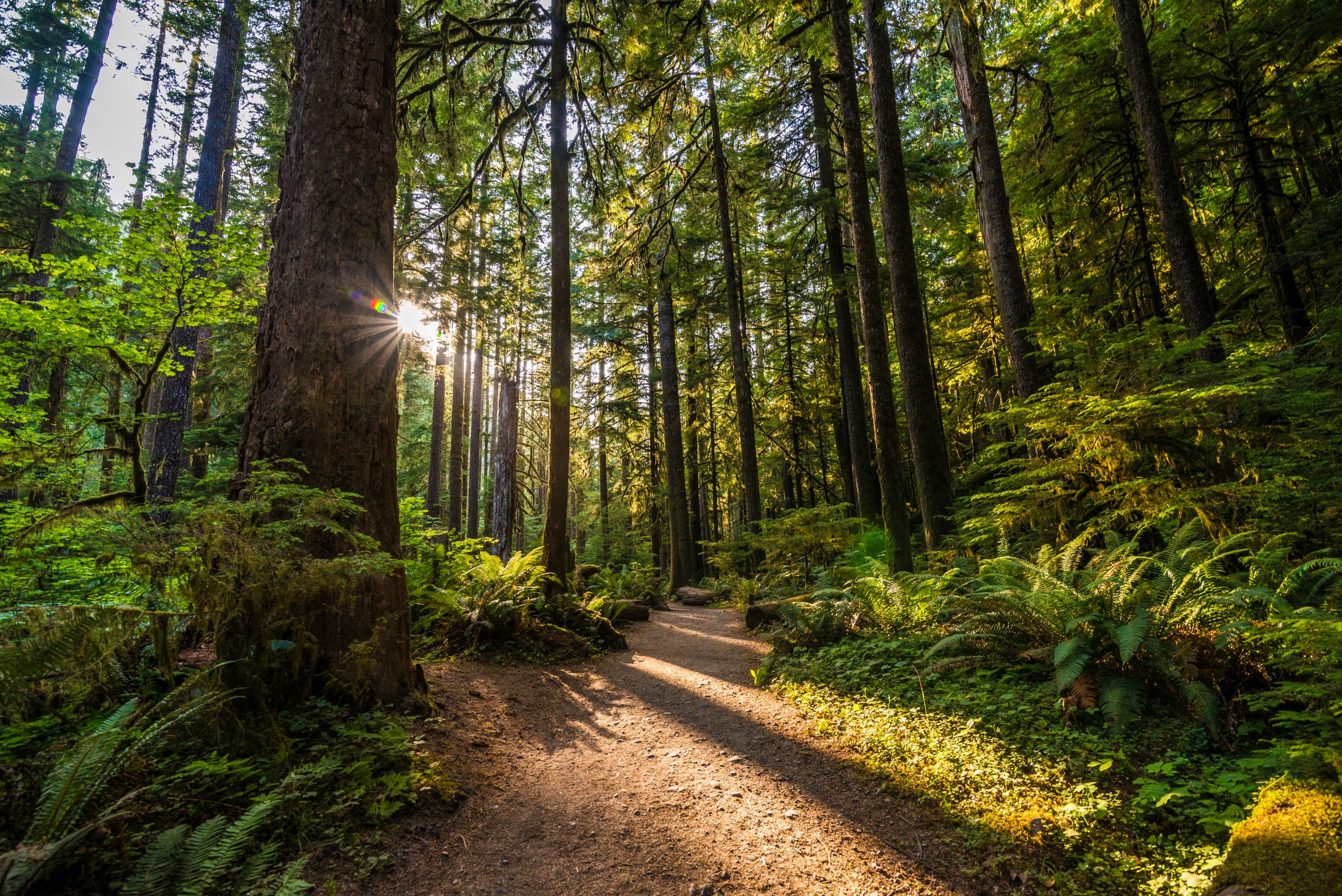- Your cart is empty
- Continue Shopping
A Guide To Figure Out What 5 Types of Tents To Transport With Push and Pull Wagons

It can always be a little overwhelming when looking to buy any type of camping equipment: tent, grill, backpacks, push and pull wagons, or even just a pair of boots. No matter if you’re new to camping or you’re looking to upgrade your current equipment, specifically your tent, you will be introduced to hundreds of different types of tents that will fit your needs. Peace out to the days of wooden pole tents that come with a 5- page instruction manual that will take even more time to read and set your tent up. With all the technological advancements coming to play, modern tents offer a whole new side of decision-making when shopping for the perfect tent. Decisions that may become discouraging and could force you into making a quick purchase of an unsuitable tent.
Yes, there are a lot of tents to choose from, but many can immediately be cut out based on your needs and priorities, which will leave a fraction for you to pick from.
Types of Tents:
Below is a guide of tent categories that will align with the type of camper you are. Before diving right into that, here are some of the most common shapes of tents and the pros and cons that come with that specific type. This little guide will also help you figure out what type of camping you like and generally will participate in, especially if you are unsure.
5 Most Common Tent Shapes:
- Dome
- Tunnel
- Cabin
- Pyramid
- Ridge (A-Frame)
Dome:
Dome and Tunnel tents are easily the most common tents among campers. The Dome tent is constructed by two flexible poles that cross over each other at the top of the tent to create a dome. From the top of the dome, the poles bend over the sides and meet the floor to be anchored on all four sides of the tent. You may see the poles on the outside of the rainfly, but they usually are hidden under the rainfly. Many dome tents will have a small porch-like area on the front. Dome tents come in a variety of sizes, but they are really best suited for four people. Keep in mind that the bigger the tent size you get, the more unstable the tent becomes in lousy weather conditions, especially wind.
Pros: Lightweight, small size for packing, easy construction, inexpensive, good headroom.
Cons: Unstable in larger sizes, small porch area.
Tunnel:
Tunnel tents are perfect for larger families or groups because they offer lots of headroom and livable space for sharing. These types of tents are constructed with flexible poles that loop around one side of the tent to the other that forms a tunnel-like shape. The rainfly will attach to this shape. The tent will require guy lines to provide stability in bad weather conditions, compared to dome tents.
Pros: Support/holds large groups, plenty of living space, easy setup, and close down, tall roof (headroom), stable in strong weather.
Cons: The tent is heavy but can be pulled with foldable wagons. The tent cannot withstand too much rain because the rainfly between the poles will catch too much water.
Cabin:
Cabin tents are another great option for large groups and big families because they often divide the space into rooms with internal dividers. Cabin tents are usually made up of aluminum poles that fit to create a frame that looks similar to a cabin. These tents come with a waterproof rainfly usually made of polyester, canvas, or nylon texture that encases the tent’s sides as walls and offers loads of large living space. This type of tent is a cheap option for the price but also for quality. Unfortunately, it isn’t known to withstand harsh weather like the other tents so far.
Pros: Inexpensive and fits large groups and families.
Cons: Heavy, made with cheap materials and can be challenging to set up.
Pyramid:
Pyramid tents are considered the simplest tent compared to the others that are usually made up of a single central pole with a rainfly over the top. The tent is then staked down to the ground on all four of its sides. Guylines and stakes are really important in this tent’s stability because the bigger they are, the more unstable they become. This type of tent has various lightweight models that are almost tarp-like but used to be made up of thick canvas supported by wooden poles.
Pros: Effortless setup, lightweight, and stable in bad weather if pitched well.
Cons: Limited storage and headspace due to the low walls.
Ridge:
If you were to ask someone to draw a tent or even draw one yourself, you would probably refer to the Ridge or A-Frame tent’s design. A thick canvas traditionally constructs this tent stretched over a pole placed horizontally and another pole vertically at each end. This design contributes to the unmatched stability of other tents; however, the guylines and tie-out placements are really important in its success instability.
In our modern time, ridge tents now use lightweight aluminum poles and polyester or nylon fly sheets for waterproof capabilities. Ridge tents are best suited for only two people, so if you need a tent that allows a larger capacity, you will need to look into bell tents.
Pros: Simple to build, sturdy in bad weather, and drains water well in rough rains.
Cons: Heavy and lacks headroom storage.
There you are, 5 of the best and most common types of tents. As you can see, there is pretty much a different type of tent for every kind of camping occasion. Make sure you take your time to figure out which tent fits your camping goals. Keep in mind that even if you pick a tent that may be heavy, there are plenty of ways to still easily transport it to your desired camping spot. Push and pull wagons are an easy and reliable way to achieve this challenge and will help to provide an easy and enjoyable camping trip. Whatever tent you choose, let it bring many years of adventure and unforgettable memories.





